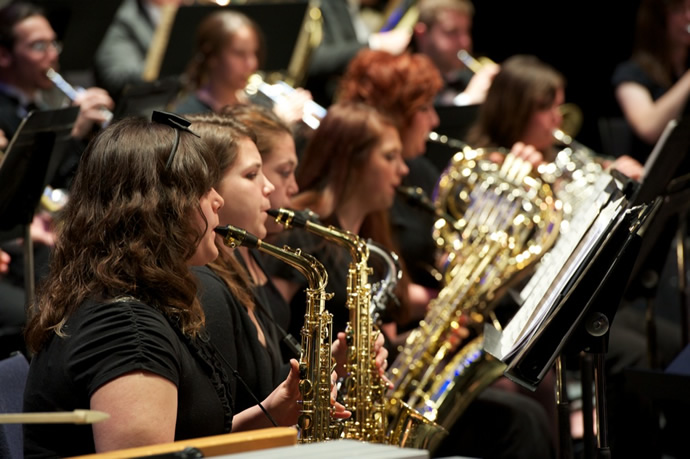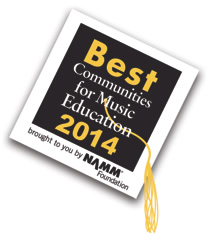 |
Monday, November 18, 2013
Palen Music Center is dedicated to helping children experience excellence, personal growth, and joy through involvement in music. We carry out this mission by supporting area band directors through weekly service, support, educational programs, and quality products. This weekly Quick Note newsletter strives to highlight topics that are immediately helpful in the classroom. Comments, suggestions, ideas, and articles are always welcome.
Looking for help on a particular topic? Be sure to check out our Quick Note Catalog of back issues! |
 |
Are Your Students Sight Reading Daily? by Paul Warnex We as directors know the importance of developing our student’s ability to read music at sight. I found the University Interscholastic League’s (uiltexas.org) preface for sight reading best describes my thoughts on the matter. It states: “A primary goal of our music programs should be to produce students who are musically literate and prepared to experience a lifetime of musical enrichment. The development of sight reading skills is central to the achievement of this primary goal and also facilitates the successful performance of a greater body of musical literature. Therefore, the development of specific sight reading skills should be included at all levels of instruction and should encompass the essential elements of performance required to make appropriate, independent musical judgments and insure success during the initial reading of a musical work.”
1) Find a counting system that you feel comfortable with and be consistent teaching it, from beginning band through high school. If you are “the” band director, this is easy. If you teach where there is a band staff, you must all agree on a system and reinforce it consistently. 2) Scales need to be taught and reinforced throughout the student’s school experience. 3) Give students a sight reading procedure that breaks down the basic musical elements. Use the same system with beginners through high school. A few examples might include:
To use these skills on a daily basis, find a method book that includes scales and scale patterns, etudes, rhythmic exercises and chorales. The book I used for years at the high school level was the “Symphonic Warm-Ups for Band” by Claude T. Smith, published by Hal Leonard. There is a large selection of etudes and chorales that takes minutes to use as sight reading material and always include in your warm-up the scale(s) and scale patterns used in the etude you intend to sight read. When you are reading new music that you intend to perform at your next concert, approach it as if you are sight reading at your State festival. Use the same terminology and plan of attack that you will use at contest. Whatever you do, if you have a recording of the piece you are reading, do not play it prior to reading it! By playing the recording before the first initial reading, you are teaching your students how to mimic the music, not how to read it. There are a number of resources on the internet, especially JW Pepper, that have wide variety of sight reading materials that you could use in your daily routine with your ensembles. The main thing is to make time for the development of reading skills that will empower your students to broaden their musical competence and lifetime enjoyment of music.
Get the Recognition Your Music Program Deserves
| ||||
 I know from my past experience that it can be a challenge to find the time to sight read because of the pressures to prepare for the next performance/concert. If you incorporate it into your daily warm-up, you will reap the benefits of your students being prepared when it is festival time and you will not find the need to teach by rote as often during rehearsal.
I know from my past experience that it can be a challenge to find the time to sight read because of the pressures to prepare for the next performance/concert. If you incorporate it into your daily warm-up, you will reap the benefits of your students being prepared when it is festival time and you will not find the need to teach by rote as often during rehearsal.